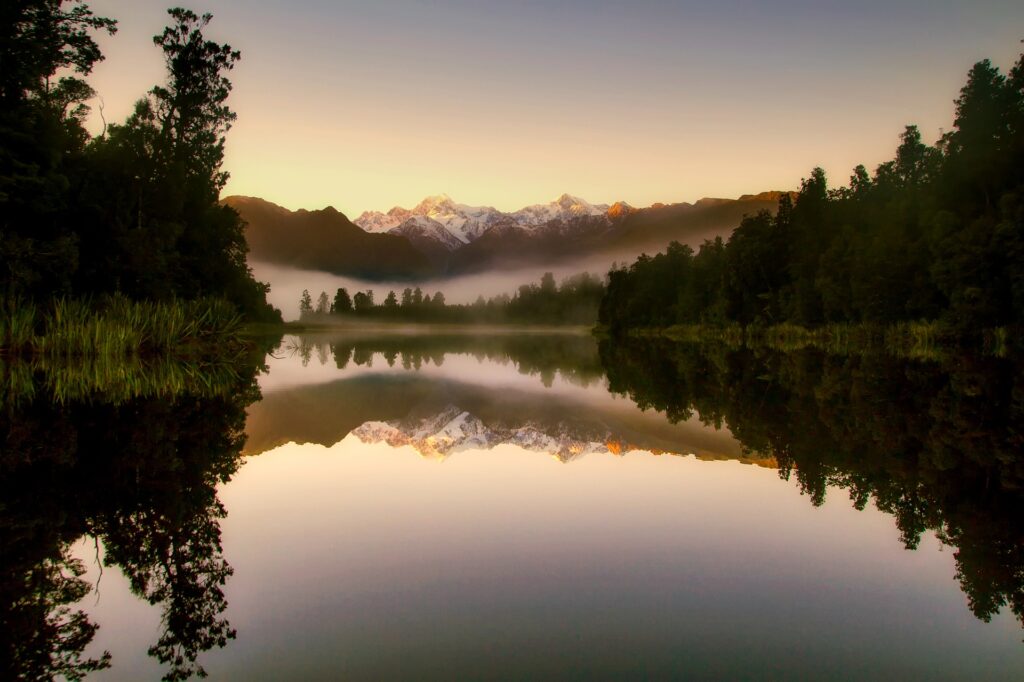In just 497 words, the opening remarks of the EU Biodiversity Strategy for 2030 report sums up the global need to protect our biodiversity. It is urgent, detailed, sobering.
Entitled simply ‘Bring nature back into our lives‘ – the draft report will be considered at the European Commission today.
And what happens then, could help define our futures for generations to come. It is an opportunity for widespread replenishing of nature including the planting of three billion trees by 2030, protecting areas of land and sea, diversifying agriculture and more.
The opening remarks state:
From rainforests to private gardens, from the blue whale to microscopic fungi, biodiversity is the extraordinary variety of life on Earth.
We humans are part of it and fully dependent on this web of being – it gives us the food we eat, filters the water we drink and supplies the air we breathe.
Nature is our shared living heritage and it is as important for our mental and physical wellbeing as it is for our society’s ability to cope with global change, health threats and disasters. We need nature in our lives.
The risk of disease outbreaks, including pandemics, increases as nature is destroyed. The recent outbreak of the COVID-19 pandemic has raised awareness on the interrelations between our health, food, supply chains, consumption patterns and planetary boundaries.
While the exact origin of the outbreak is being investigated, scientists link the increasing frequency of emergence of infectious disease outbreaks, including COVID-19, SARS, avian influenza and Ebola to interference with wildlife due to biodiversity loss, in particular deforestation, habitats loss and fragmentation, and illegal wildlife trade. Around two thirds of known human infectious diseases are zoonotic, i.e. they normally exist in animals before being transmitted to humans.
The emergence of many of these diseases results from human encroachment into previously untouched nature.
When the ecosystem loses its balance, infectious diseases can spread more easily. Protecting and restoring biodiversity and well-functioning ecosystems is therefore key in helping to prevent the spread of infectious diseases.
The case for ambitious action is clearer than ever: to have healthy and resilient societies we need to give nature the space it needs. Keeping nature healthy is good for people and the planet, but is also critical for the economy, both directly and indirectly.
Businesses rely on genes, species, and ecosystem services as critical inputs into their production processes, including medicines production.
Almost half of global GDP – some €40 trillion – depends on nature and the services it provides.
The three largest economic sectors, namely construction, agriculture, and food and drink, are all highly dependent on nature, and together generate close to €7.3 trillion in the economy.
Research suggests that potential direct economic benefits from biodiversity conservation for various sectors in terms of increased annual corporate profits range from €49 billion in the seafood industry to €3.9 trillion in the insurance industry.
The overall benefit/cost ratio of an effective global programme for the conservation of remaining wild nature worldwide is estimated to be at least 100 to 1.
Besides being directly at the centre of many economic activities, a healthy biodiverse planet is an absolute precondition for businesses to grow and for the economy to recover following a crisis such as the COVID-19 one.
But nature is in crisis. As a result of land and sea use changes, overexploitation of resources and organisms, climate change, pollution and invasive alien species – the five main direct drivers of biodiversity loss – nature is disappearing from our lives right in front of our eyes.
The report goes on to state that in the past 40 years alone, human action has been the overriding factor in a 60% fall on global wildlife populations. Humans have altered 75% of the Earth’s surface through what we do.
As part of its hopes to reverse the damage, Europe leaders are looking at significant restoration, with farming and forestry to the fore.
“The Commission will present in 2021 binding EU nature restorations targets to restore healthy and resilient ecosystems, including the most-carbon-rich ones such as seagrass meadows, wetlands, peatlands, bogs and marshes, as well as semi-natural grassland and oldgrowth and primary forests,” the report continues.
It goes on to insist that ‘Every member state will have to do its share of the effort’ – a warning perhaps to those countries who have been accused of dragging their feet.
But with the UK heading out of Europe, those efforts are not, cannot be in isolation. Some thought leaders in Scotland are now already championing changes in how to accelerate its contribution.
Alex Foulkes, who has been involved in restoration and conservation projects as far afield as New Zealand and the UK, argues that Scotland in particular is incredibly well positioned to lead on those efforts.
In an article for The Scotsman, he said: “By planting trees, restoring soils and protecting a range of habitats such as peatlands we can not only reverse the decline in biodiversity but also play a crucial part in addressed the looming climate crisis.”
Mr Foulkes, managing director of Kaitiaki Consulting, believes working with landowners is a key component to delivering on ambitious targets in rejuvenating Scotland’s once enviable forestry and biodiversity habitats.
He said: “We have one of the lowest levels of forest cover left in Europe – only 18 per cent compared to an average of 44 per cent across Europe.
“Much of this is plantation forest – particularly the hated Sitka Spruce which have low biodiversity value and sequester only a fraction of carbon compared to native forests. Sadly, only tiny fragments of the great Caledonian Forest that swathed Scotland remain.
“We need to ask if the millions of hectares that we set aside for driven grouse shooting, deer stalking, and hill sheep farming is the best use of vast areas of land in Scotland. Scotland has a very high concentration of land ownership with 70 per cent of land owned by just 1,125 owners.”
Earlier this month, in an interview with The Herald, environmental management expert Sonny Whitelaw from the New Zealand arm of Kaitiaki Consulting said it was well within Scotland’s gift to follow the Kiwi example of planting a billion trees.
She said: “New Zealand is at the forefront of innovative collaborative landscape-scale conservation techniques and Kaitiaki Consulting is bringing the best of New Zealand conservation efforts to Scotland.
“In New Zealand we have a Billion Tree initiative and have planted 149 million in the last few years. We believe that Scotland should commit to planting a billion trees, which would sequester billion of tonnes of carbon.
“There is a global biodiversity and climate crisis and nations must work together to address these huge challenges.”
The Scottish Government has also identified mass tree plating as being “vital” in their efforts to fight climate change.
Foulkes added: “We should be aiming to plant one billion trees in Scotland through a widespread and sustained combined effort from government at all levels as well as private businesses, communities and philanthropists.
“By planting trees, restoring soils and protecting a range of habitats such as peatlands, we can not only reverse the decline in biodiversity but also play a crucial part in addressing the looming climate crisis.”
FURTHER READING:
Scots should set new aim of planting 1bn trees
Main image: David Mark / Pixabay
.

